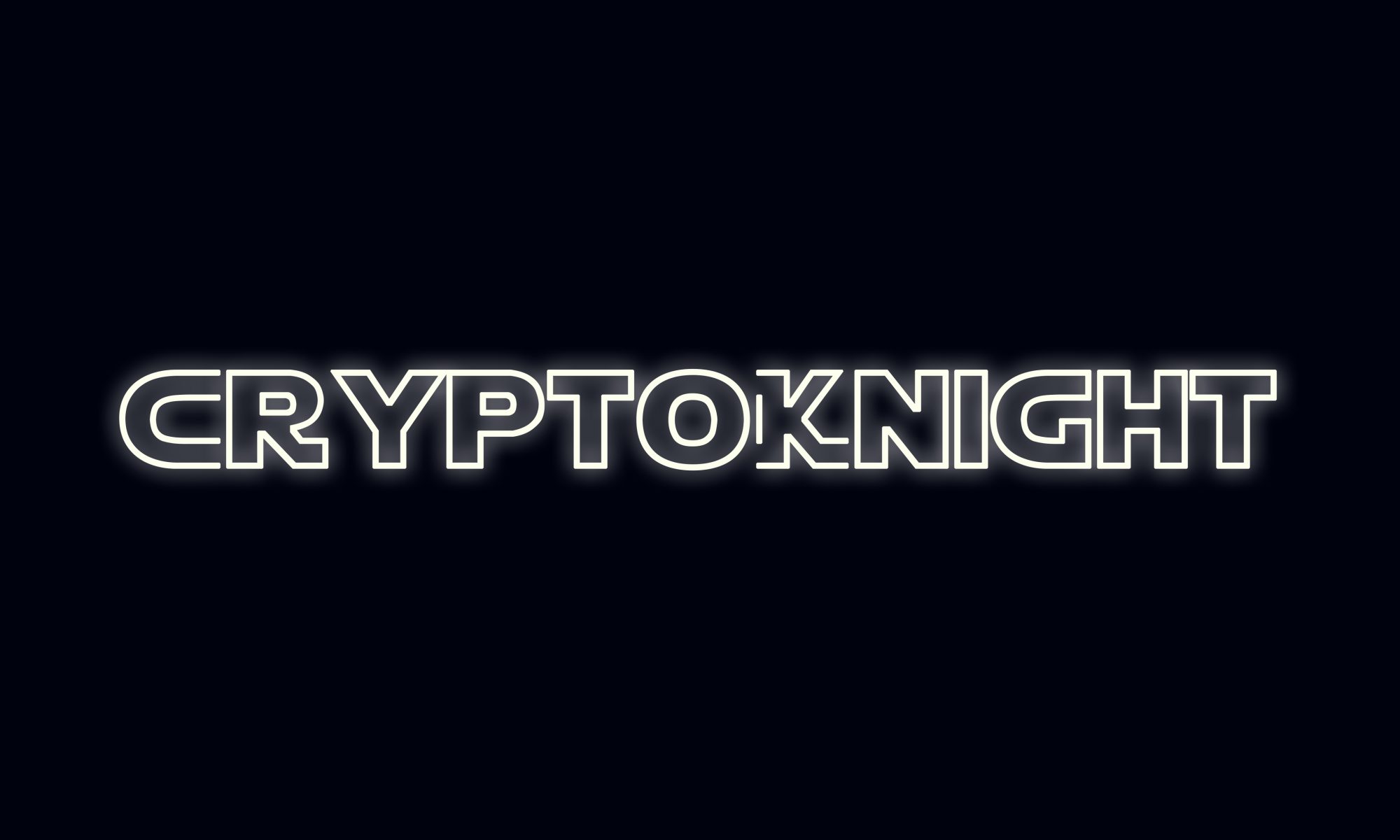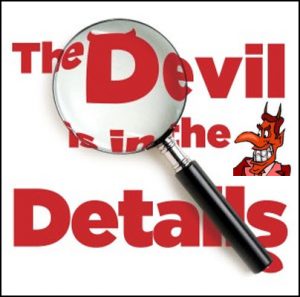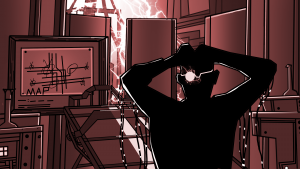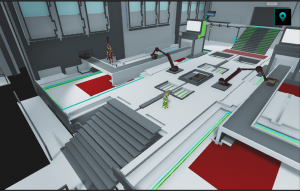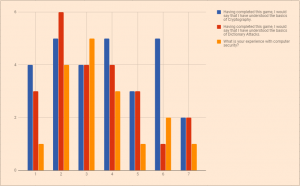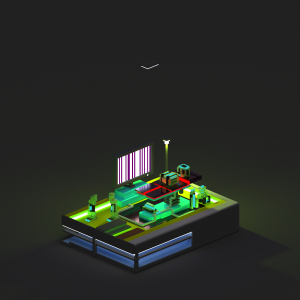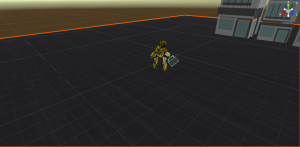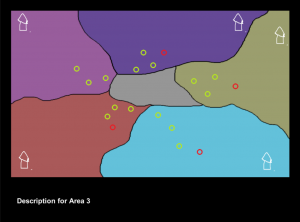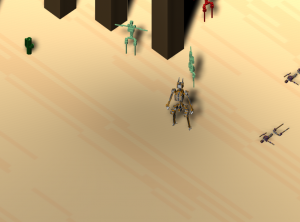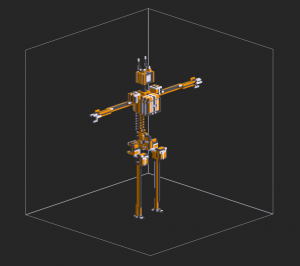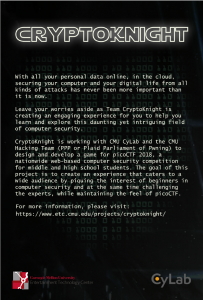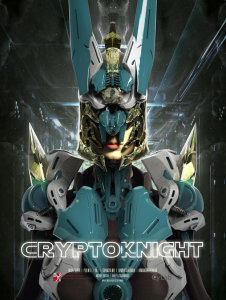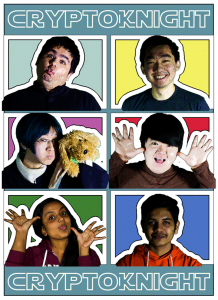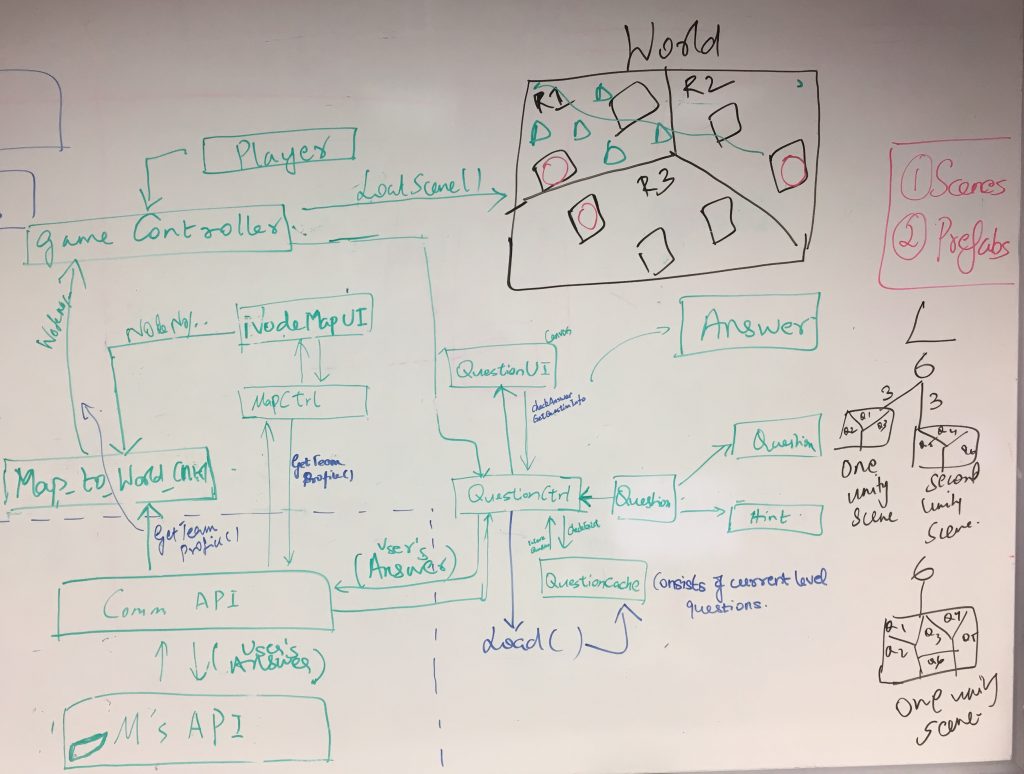Time flies!
This was our final sprint in the development schedule. In the last week, we addressed most of faculties’ feedback from soft opening, while there are some medium-to-low prioritized tasks left in our task list. Before starting, our team spent some time discussing the importance of each task and re-prioritized them. In addition, at the start of the week, we invited several of ETC peers to come and playtested our project since we would like to find out if there was still any problem with UIUX which was the most criticized aspect in our project. Thanks to the playtesters, we got a lot of valuable feedback, and we created a new task list with the leftover feedback from last week and the new tasks.
On Friday, we had Open House event. In this event, luckily we had 10 playtesters who are among our target audience joined us. Here is the playtest data.
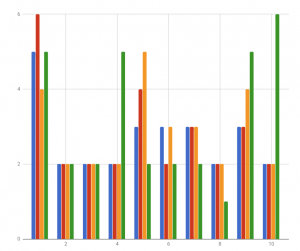
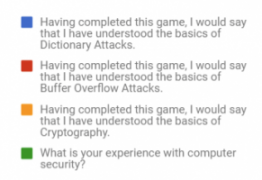
Based on the data, our game failed to ensure that the experiences provided were effective enough to help players understand basic computer security concepts, which are complicated and hard to understand by nature. However, it is still good to see that for a few playtesters, they benefited from the game experience. We sincerely hope some participants in PicoCTF 2018 can benefit from our game as well!
In addition, some UX problems arose from the open house as well. After spending the whole weekend, our game had a lot of changes, for example all scenes are relighted, map UI renewed, more guidance added in missions and so on.
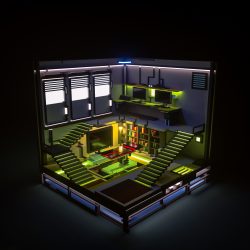
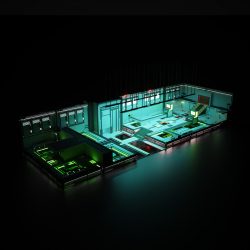
Next week we will have our final presentation. Wish us best of luck!
